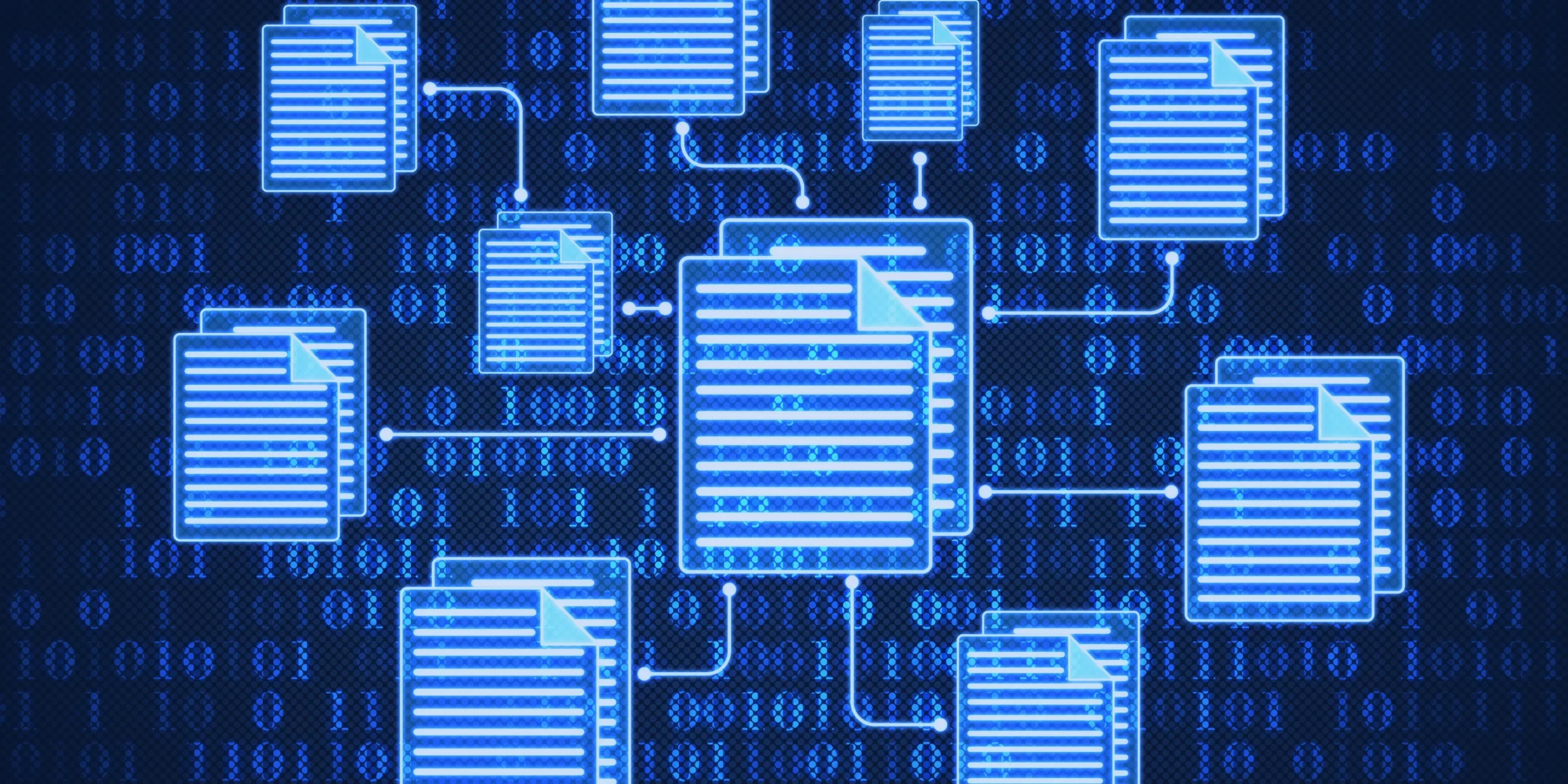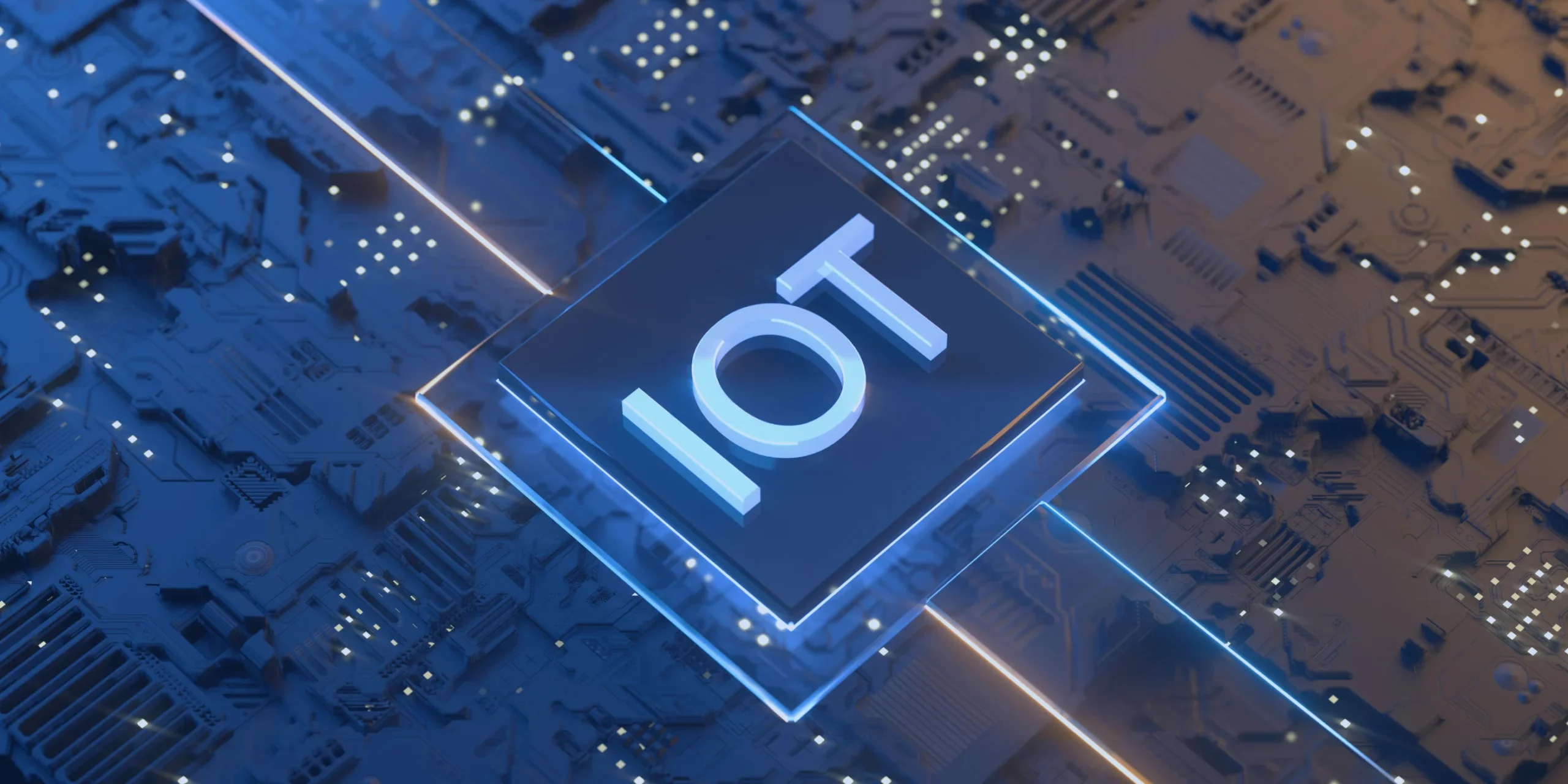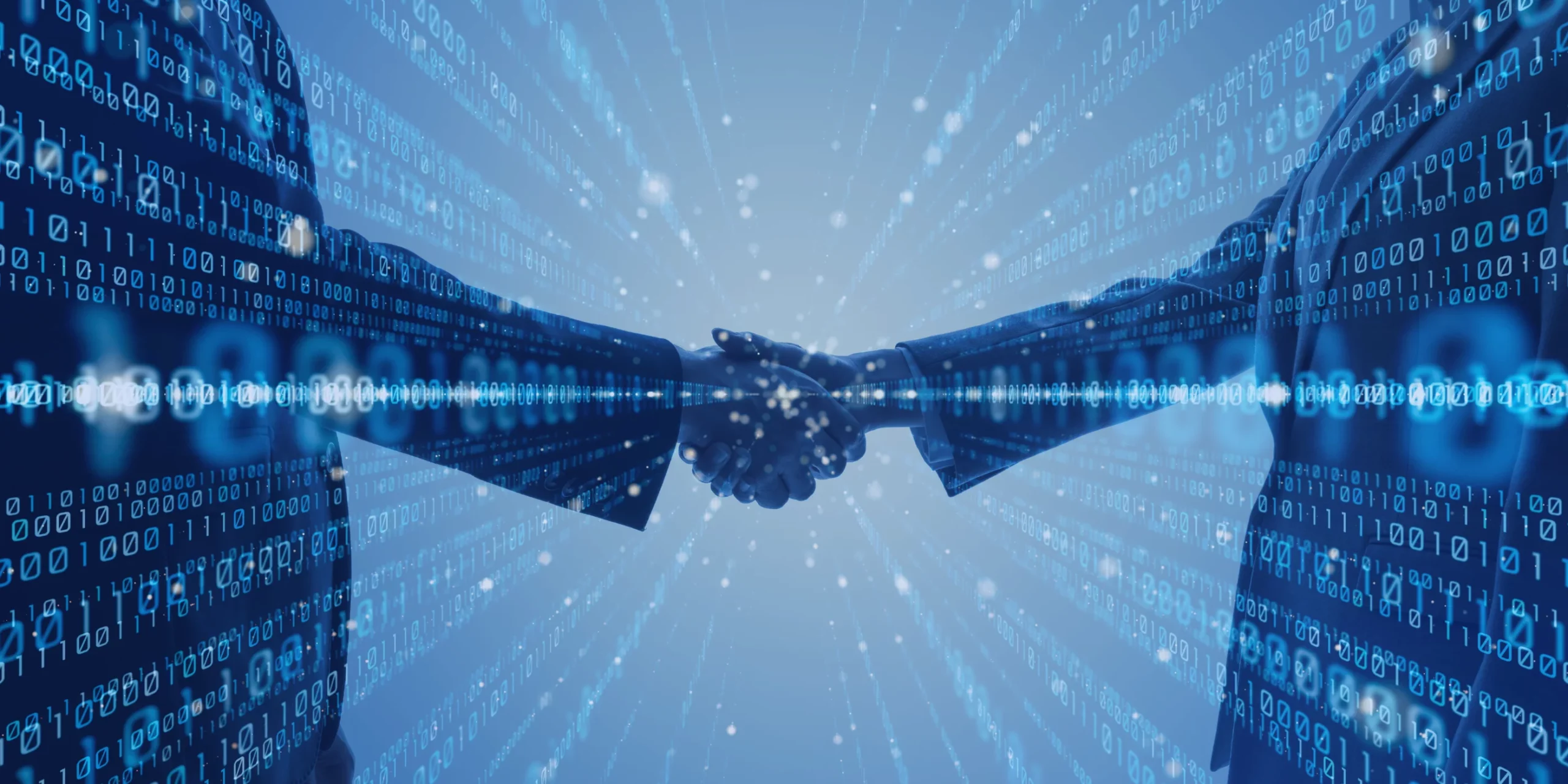In just over a decade, blockchain has blossomed from a buzzword to an awe-inspiring technology reshaping our digital landscape. Its transformative potential has captivated the imaginations of tech enthusiasts and industry pioneers, beckoning the exploration of the idea-provoking territories of this technology. In this blockchain for beginners guide, we will cover many different aspects of blockchain including its basics, how it works, its current and future applications and much more.

The Rise of Blockchain Technology
Blockchain technology redefines how we exchange value, share critical information and cultivate trust. By harnessing the power of a decentralized ledger system, blockchain guarantees the integrity of transactions, unveiling a world of secure and transparent exchanges impervious to manipulation. Its seismic influence has rippled across diverse sectors such as finance. But why is blockchain so important?
Why We Need to Understand Blockchain
From its humble beginnings with Bitcoin, blockchain has developed into a powerful tool with diverse applications. Understanding blockchain is no longer limited to developers and enthusiasts, and it has become essential for professionals, entrepreneurs and curious individuals to grasp blockchain’s fundamental concepts and inner workings.
Whether you’re a business owner looking to streamline supply chain operations, a healthcare professional seeking secure and interoperable medical records or simply an individual interested in the digital transactions future, understanding blockchain for beginners is the key to unlocking new possibilities.
Let’s explore blockchain in this comprehensive overview.
Blockchain for Beginners: The Basics
“Blockchain” might sound like a futuristic technology, but it’s grounded in reality.
So, what is blockchain? Let’s break it down.
- Blockchain technology is a decentralized or distributed digital ledger system recording transactions across multiple computers.
- It’s like a digital spreadsheet everyone in a network can access and verify.
- The blockchain network documents each transaction in a “block” linked to other “blocks” chronologically, hence the name blockchain.
But why is decentralization such a big deal?
In traditional systems, a single authority controls and verifies transactions, putting power in the hands of a few and leaving room for manipulation, fraud and error. Blockchain eliminates the disadvantages of centralization, assuring safety and efficiency.
How do we know blockchain is safe?
Security Benefits in Decentralized Technology
One of the flagship features of blockchain technology is its decentralized nature. Instead of relying on a central authority, blockchain operates on a distributed network of computers known as nodes. Each node contains a copy of the entire blockchain, ensuring transparency and eliminating the risk of a single point of failure.
Blockchain provides enhanced security through cryptographic algorithms. Each block contains a unique identifier or hash generated using complex mathematical calculations. Any change to a single block would alter its hash, affecting the entire chain. The blockchain architecture makes it virtually impossible to tamper with or manipulate the data stored in the network.
What makes blockchain’s security so robust?
How Blockchain Works
Expounding on its essential components, here’s how blockchains operate.
Components of a Blockchain Network
Blockchains comprise several essential components working together to maintain their integrity and functionality. They include:
- Node – A participant or computer maintaining a copy of the entire blockchain.
- Block – A data structure containing a collection of transactions and other relevant information.
- Consensus mechanisms – Algorithms used by blockchains to achieve agreement among nodes.
- Smart contracts – Self-executing agreements stored on a blockchain.
Understanding these key components is crucial for anyone aspiring to become a blockchain developer or gain a deeper insight into the distributed technology.
Distributed Ledger Technology
Blockchain technology operates on the principle of a distributed ledger. Picture a shared digital ledger where participants access the same information and validate and record transactions. This decentralized approach eliminates the need for a central authority, such as a bank or government, to oversee and verify transactions. Instead, it relies on a network of nodes to maintain the blockchain network.
Each node in the network stores a copy of the entire ledger, ensuring transparency and immutability. Whenever a new transaction occurs, all nodes receive the information. The nodes then work together to validate the transaction by independently verifying its authenticity and ensuring it adheres to the predefined rules and consensus mechanisms.

Reaching Consensus: How Blockchains Agree
Consensus mechanisms play a vital role in ensuring the integrity and security of a network. They enable nodes to agree on the ledger state and reach a consensus on the validity of transactions. Popular consensus mechanisms include
Proof of Work
In a PoW-based blockchain like Bitcoin, miners compete to solve complex mathematical puzzles, requiring significant computational power. The first miner to solve the puzzle adds a new block of transactions to the blockchain and receives a reward. Proof of Work deters malicious actors by demanding an impractical amount of computing power to alter past transactions.
Proof of Stake Vs. Delegated Proof of stake
In Proof of Stake (PoS) and Delegated Proof of Stake (DPoS) mechanisms, validators are chosen to create new blocks based on their stake or voting power in the network. These mechanisms offer energy efficiency benefits compared to PoW as they don’t require extensive computational resources.
The difference between the two consensus mechanisms is summarized below:
- Proof of Stake (PoS): Validators are chosen based on the amount of cryptocurrency they hold and stake in the network.
- Delegated Proof of Stake (DPoS): Stakeholders elect a few trusted individuals to validate transactions and create new blocks.
Blocks, Transactions and Hashing
Blockchain technology organizes transactions into blocks linked chronologically, forming a chain. The initial block in each blockchain is known as the genesis block.
Each block contains a set of validated transactions and a unique identifier known as a hash. Hashing involves converting the data within a block into a fixed-length string of characters.
The hash of each block also includes the previous block hash, creating a cryptographic link between blocks. Linking ensures any modification to the previous block would invalidate all subsequent blocks, making the blockchain tamper-proof.
Turning Code into Trusted Digital Agreements
Smart contracts are self-executing contracts with predefined rules encoded within the blockchain system. They automatically enforce the terms of an agreement, eliminating the need for intermediaries.
Smart contracts leverage the programmable features of blockchain architecture, allowing developers to create decentralized applications (dApps). dApps facilitate various activities, such as decentralized finance and voting systems, while ensuring transparency, immutability and security.
By incorporating smart contracts, blockchain technology extends beyond simple transaction recording and enables the execution of complex, trustless agreements in a reliable and auditable manner.
So, with a basic comprehension of blockchain technology and its working mechanisms, let’s delve into its various applications and explore blockchain’s potential for transforming industries and influencing our transactions.
From Blockchain Concepts to Real-World Applications
Blockchain developers have consistently displayed creativity and resilience, solving various industries through blockchain applications.

The New Age of Virtual Currencies
Among the most popular applications of blockchain technology is in cryptocurrencies, with Bitcoin being the first digital currency created from Blockchain’s facilitation. Digital currencies like Ethereum and Litecoin rely on blockchain technology to record and validate transactions, ensuring their integrity and security.
Blockchain developers play a vital role by designing and implementing blockchain architectures supporting digital currency transactions. These inventors work on creating a secure peer-to-peer network, enabling individuals to transfer digital assets without unnecessary intermediaries.
Supply Chain Management and Traceability
Blockchain has immense potential in supply chains where transparency, accountability and traceability are crucial. By implementing blockchain technology, companies can track and verify every step of the supply chain process, from raw material sourcing to product delivery.
A blockchain developer can design a private blockchain for a supply chain network, where allowed participants can securely record and access information about each transaction. The application enables real-time monitoring and authentication of goods, reducing the risk of fraud, counterfeiting and unauthorized alterations.
For example, a retailer can trace the origin of a product using blockchain, ensuring it’s ethically sourced and manufactured. This transparency builds trust among consumers and allows them to make informed purchasing decisions.
Managing Healthcare and Medical Records
The secure storage and sharing of medical records are essential in the healthcare industry, and Blockchain technology provides a decentralized and immutable ledger for medical data.
Healthcare providers can securely store and share patient records, ensuring data privacy and integrity by leveraging blockchain architecture. Blockchain-based medical records enable seamless and secure access across different healthcare providers, eliminating the need for paper-based files and reducing administrative inefficiencies.
A blockchain developer in the healthcare sector focuses on building a robust and scalable blockchain solution that adheres to strict privacy regulations. They can work on integrating blockchain with the existing healthcare system, ensuring interoperability and data synchronization.
Safeguarding Democracies with Secure Voting Systems
Governments and organizations can create tamper-proof and auditable voting systems by utilizing blockchain.
- Trustworthy, Transparency and Secure: Blockchain-based voting systems provide high transparency levels by recording each vote as a blockchain transaction. This immutable record prevents tampering and manipulation, giving voters confidence in the integrity of the results. The decentralized nature of blockchain also reduces the risk of centralized control and fraud.
- Ensuring Voter Anonymity and Vote Verifiability: With blockchain-based voting systems, anonymity and verifiability go hand in hand. Cryptographic techniques ensure voter identities remain anonymous while still allowing the verification of individual votes. Encryption shields voters’ identities, safeguarding their privacy and protecting them from coercion or intimidation. The system records and timestamps each vote for verifiability, creating an auditable trail accessible to authorized entities and enhancing trust in the system.
Protecting Creativity by Promoting Intellectual Property Rights
Protecting intellectual property rights and tracking the provenance of creative works are significant challenges in the digital age. Blockchain technology offers a solution by providing a decentralized and immutable ledger to establish ownership and trace the history of digital assets.
Developers can work on building platforms allowing creators to register their intellectual property on the blockchain. These solutions create an unalterable record of ownership and can be valid as evidence in legal disputes.
Additionally, blockchain-based solutions enable artists to sell digital artworks directly to buyers, eliminating intermediaries and ensuring fair compensation. For example, blockchain can verify the authenticity and provenance of rare art pieces, preventing art forgery and increasing the value of genuine artworks.
The applications of blockchain technology extend far beyond these examples, with new possibilities emerging as blockchain development evolves.
Future Application of Blockchain Technology
Having reviewed the current applications, let’s explore what lies ahead for blockchain.
The State of Blockchain Adoption
The adoption of blockchain technology has flourished, with established companies and startups recognizing its potential. Numerous industries, from finance to supply chain management, have embraced blockchain networks to improve operational efficiency.
Blockchain technology has disrupted traditional banking systems in the financial sector by facilitating decentralized cryptocurrency transfers. Bitcoin transactions, for example, give individuals control over their funds while ensuring transparency and immutability.
Beyond the Current Applications
As more developers understand blockchain technology and unravel its potential, its applications will expand beyond its current use cases. Here are potential future use cases:
- Identity Management: Blockchain can establish a decentralized and self-sovereign identity system, enabling users to securely control their identity credentials and access rights. Identity management reduces the risk of identity theft, fraud and data breaches while enhancing privacy and consent.
- Data Integrity: By creating an auditable and tamper-proof record of data transactions, blockchain ensures the accuracy and trustworthiness of data.
- Network Security: Blockchain’s decentralized and peer-to-peer network structure enhances network security by eliminating single points of failure and reducing the attack surface. It improves resilience, availability and the ability to withstand unauthorized access or disruption.
- Cyber Threat Intelligence: Blockchain enables a collaborative and decentralized platform for sharing and verifying cyber threat information. Security experts and organizations can contribute to a timely and accurate threat intelligence database, enhancing the overall coordination and response to cyber threats.
- Quantum Resistance: In anticipation of the emergence of quantum computers, blockchain can incorporate sophisticated cryptographic techniques to secure itself against quantum attacks. These techniques bolster the security and privacy of blockchain transactions and data while increasing the robustness and scalability of blockchain platforms.
Blockchain Regulatory Concerns
While blockchain technology presents tremendous opportunities, it faces challenges like retrogressive regulations. Regulatory frameworks are yet to accommodate the growth of blockchain technology.
Governments worldwide are grappling with how to regulate cryptocurrencies, initial coin offerings (ICOs) and other blockchain-related activities. Balancing consumer protection, innovation and regulatory compliance is crucial for the long-term success and widespread blockchain adoption.
The Beginning of Your Blockchain Journey

While this article has provided a high-level overview of blockchain, there is still much more to explore and learn. The blockchain space is dynamic, with new projects and developments emerging frequently. For those eager to delve deeper, you could review a blockchain tutorial, read books or learn from the many resources available.
By immersing yourself in the blockchain community, attending meetups and engaging in discussions, you can stay up-to-date with the latest advancements and trends. Embrace the spirit of curiosity and adventure as you navigate the blockchain ecosystem.
Enjoy Cryptocurrency Benefits with CoinPayments
Are you excited about learning blockchain basics? You enjoyed this blockchain for beginners guide? Would you like to take your experience further by engaging in secure transactions?
Established in 2013 CoinPayments is the world’s leading cryptocurrency gateway trusted by thousands of merchants and users. Enjoy efficient cryptocurrency transactions for personal or business use with 24/7 customer support. Open a CoinPayments account today to enjoy the benefits of paying using crypto!




